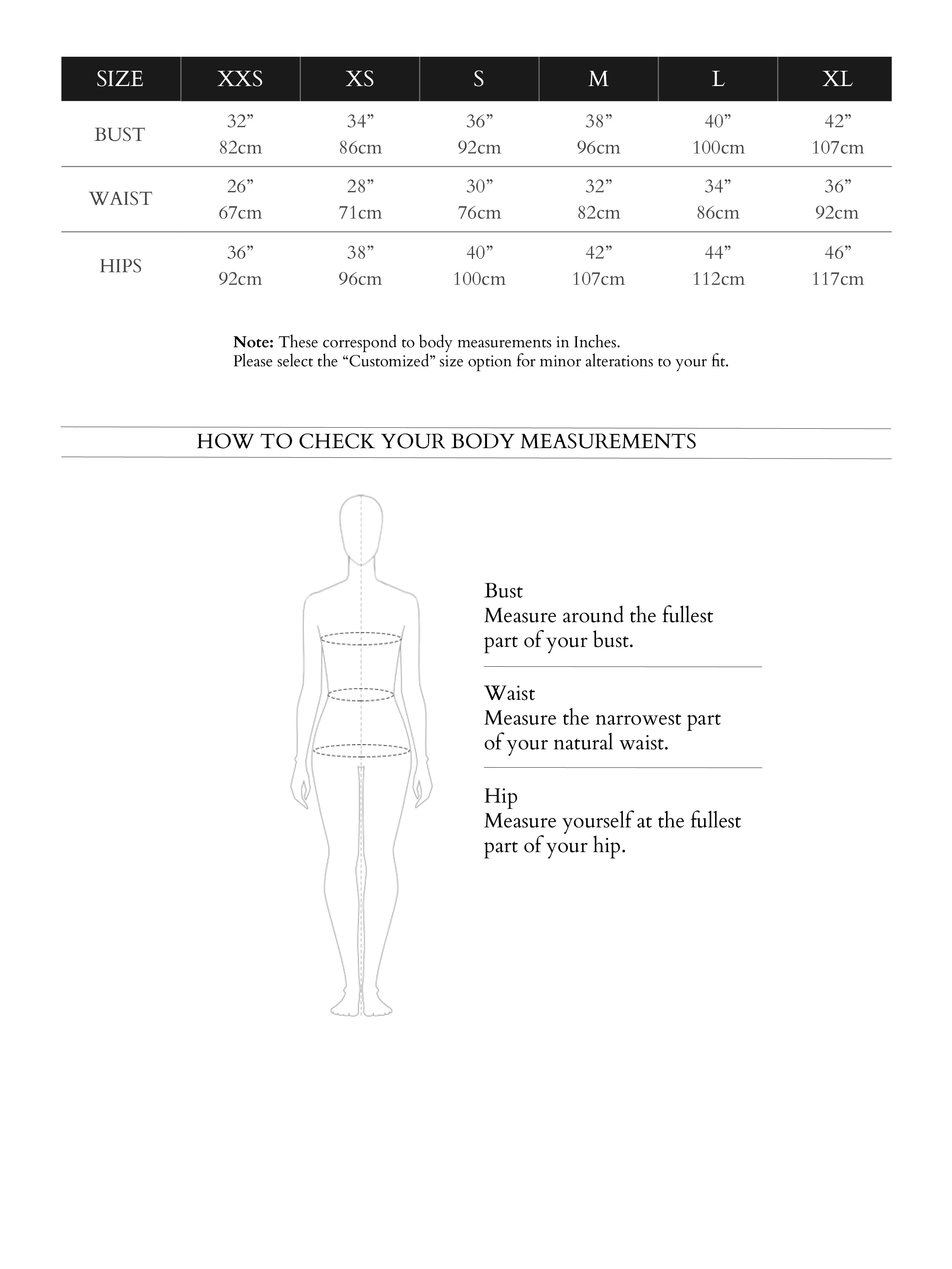
Identify
Today the market is flooded with poor quality, cheap imitations of natural silk and handloom products. Although the trained eye of a professional craftsman is often the best judge, here are some tips from BWS to help you distinguish the sublime from the ridiculous!
Artificial vs Pure Silk:
Pure silk is well known for its luxurious softness and its lustrous beauty. Often referred to as ‘the queen of all fabrics’, no other fabric drapes better, or flatters the body more than naturally obtained pure silk.
The touch test... Pure silk feels warm when you rub the silk with your hands, whereas it is impossible to feel that warmth when you rub art silk.
Luster... Natural silk has an elegant luster of a pearl. The structure of fibroin of pure silk diffuses light, thus giving it the appearance of changing color as the angle of light changes. Art silk gives a white sheen no matter what the angle of falling light is.
The burn test... Genuine silk burns with a smell like burnt hair, whereas art silk burns with a smell like burning plastic. Genuine silk stops burning when the flame is removed, whereas art silk continues to burn even after the flame is taken away. To test, you can take a single yarn and light it with a match.
The age test... The older pure silk gets, the more beautiful it becomes! Imitation silk tends to fade with time.
At BWS, we only use pure, natural fabrics.
Handloom vs Powerloom:
“When buying from a hand-maker, you're buying more than just an object; you're buying hundreds of hours of failures and experimentation. You are buying days, weeks and months of frustration and moments of pure joy. You aren't just buying a thing; you are buying a piece of heart, part of a soul, a moment of someone's life. Most importantly, you're buying the artist more time to do something they are passionate about.”
A hand-woven garment has minor irregularities in the evenness of the weave that add to its unique charm. Machine woven garments are even in texture and often flawless and hence, lack the allure and character of a handwoven garment.
Another way of identifying a handwoven garment is to look at its Bevar or edges. Handloom sarees are woven by pinning the saris to the loom. Thus, usually spotting pinholes along the edges can identify handloom sarees.